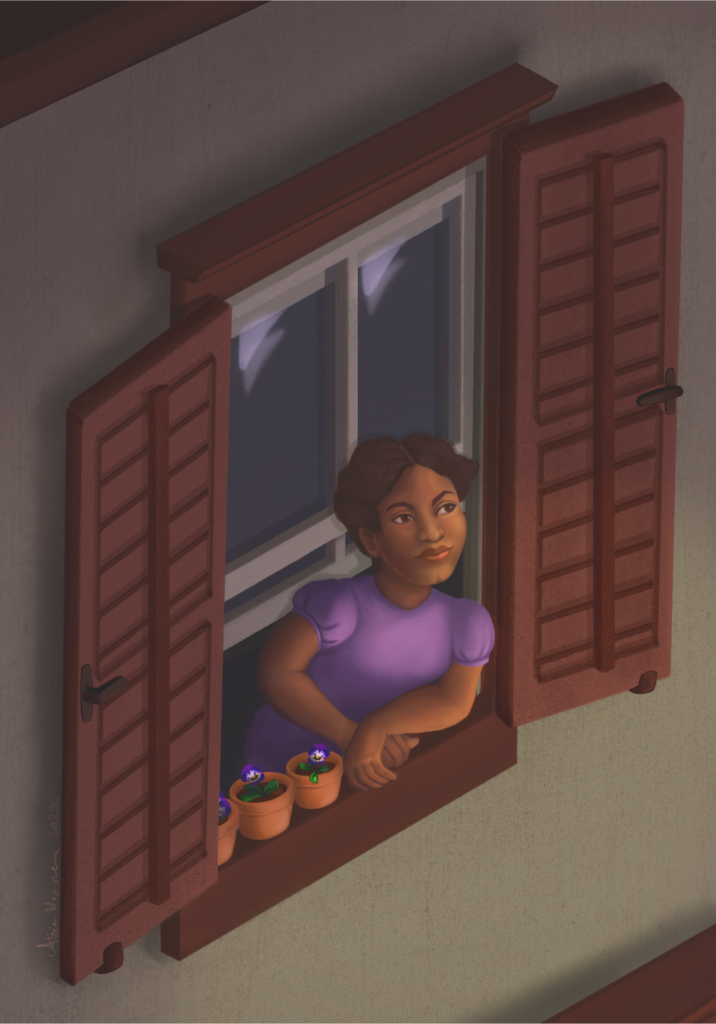
Thoughts on Wayward Lives, Beautiful Experiments: Intimate Histories of Riotous Black Girls, Troublesome Women, and Queer Radicals
Imagine a series of snapshots describing an event as a series of photos taped up along a wall. If asked to surmise a narrative based on these snapshots, then the easiest narrative to relay would simply describe those snapshots as they appear while leaving out the space between them. However, that is not the only story that could be gleaned from them. If you go a little deeper, you might ask why the photographer took these specific photos and not others. Deeper more are questions such as “Which photos were left on the cutting room floor?”, “Who is behind the camera, and do they have any underlying motives?”, and “Who was never photographed to begin with?” In short, what is not shown, or shown misleadingly, and how does that impact the narrative?
History is often shared as a series of snapshots strung together into a narrative and then regurgitated as a cohesive story. When delving deeper, it becomes clear that those who write the narrative often influence it. Certain ideas, knowledge, and narratives make the record at the exclusion of others, and the constant cultural zeitgeist that reinforces existing systemic forms of oppression influences these choices. The majority defines which snapshots are shown to control the narrative, including who is remembered and how they are remembered. Afterward, historians must push past the panels of the snapshot to gleam details of what was not shared to piece together a more complete image of historical events.
Saidiya Hartman delves deeply within her book Wayward Lives, Beautiful Experiments to paint with words the portraits of Black women who were often excluded from historical early Twentieth century snapshots. She deftly weaves together what is photographed and recorded to highlight the gaps within the narrative, which allows her to outline those missing from that narrative. She then paints their blurred silhouettes with words so that you can feel them existing, living, breathing, turning the corner, just out of reach. She does not shy away from the messy, discomforting, or grotesque details of the situations these women were often forced into, but by doing so she expands the narrative of how they defied and rebelled against the system set against them. By showing the details of their intimate lives, she frees them from the false dichotomies forced upon them by the existing narratives.
Additionally, she paints portraits for those who were not taken in ways they would have wanted. She observes the photographs of those meant to tell one story and highlights their hidden multi-faceted lives, allowing them a level of movement and rhythm denied by the photographers.
With each of these women, she gives them the portrait they were denied and allows them to say “My life has meaning. I am a part of the narrative.” Furthermore, Hartman not only emphasizes their worth but recognizes them as radicals, rebels, and thinkers.
The result is stunning, painful, bright, illuminating, and deeply sublime. I found myself moved to tears repeatedly while reading this work, partly out of sadness and outrage at what these women endured but also out of awe at the beauty and vivacity of their portraits. Each portrait highlights life lived despite the odds. Similar to a flower growing through a crumbling sidewalk, dismissed as a weed and unnoteworthy, stepped on and discouraged from existing, these women grew and lived outside of the bounds deemed appropriate for them. They dreamed of more, of a life not limited, and rebelled against the limitations forced onto them.
In short, I do not believe any portrait I could paint would accurately convey their essence. My art pales in comparison to the portraits conjured within my mind by Hartman’s words. For the sake of this project, I have tried to paint an approximation of one of those images, but as Hartman notes in reflection of her search for photographs, they elude capture.